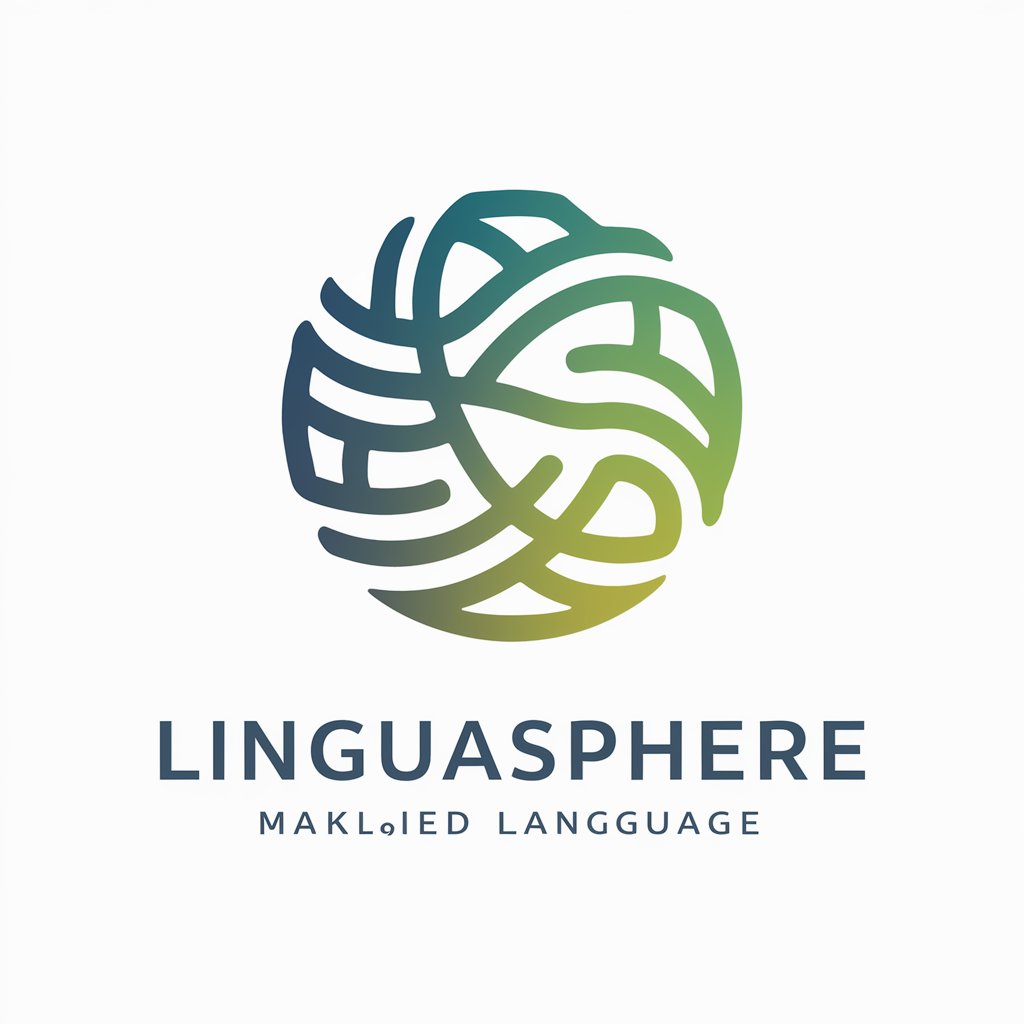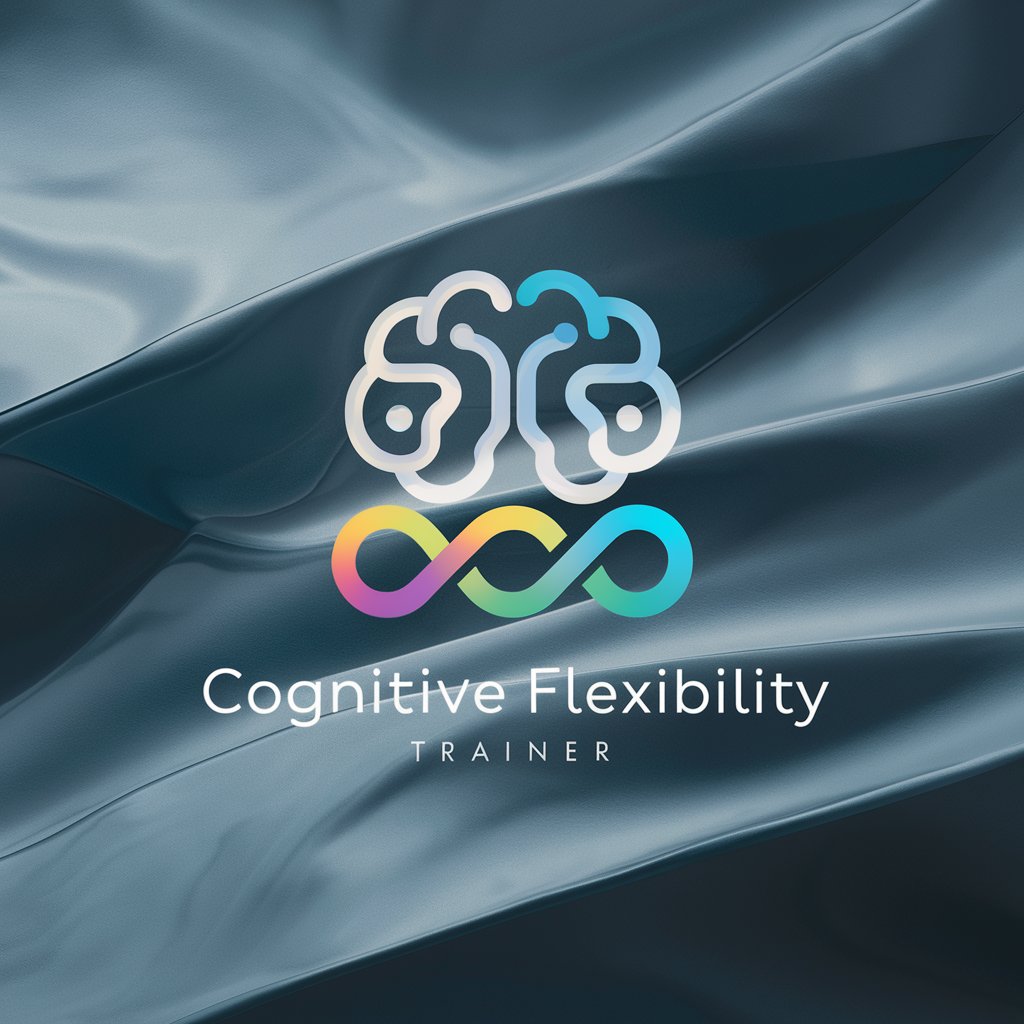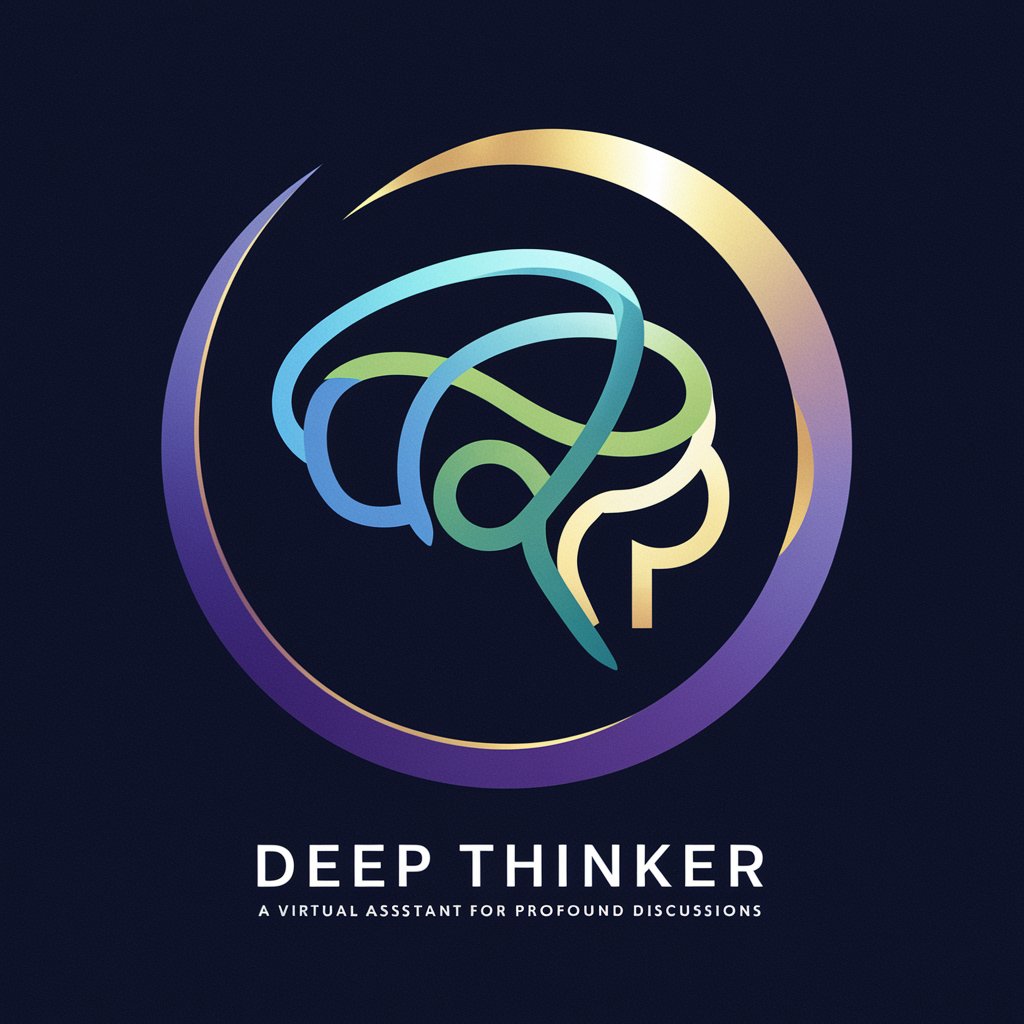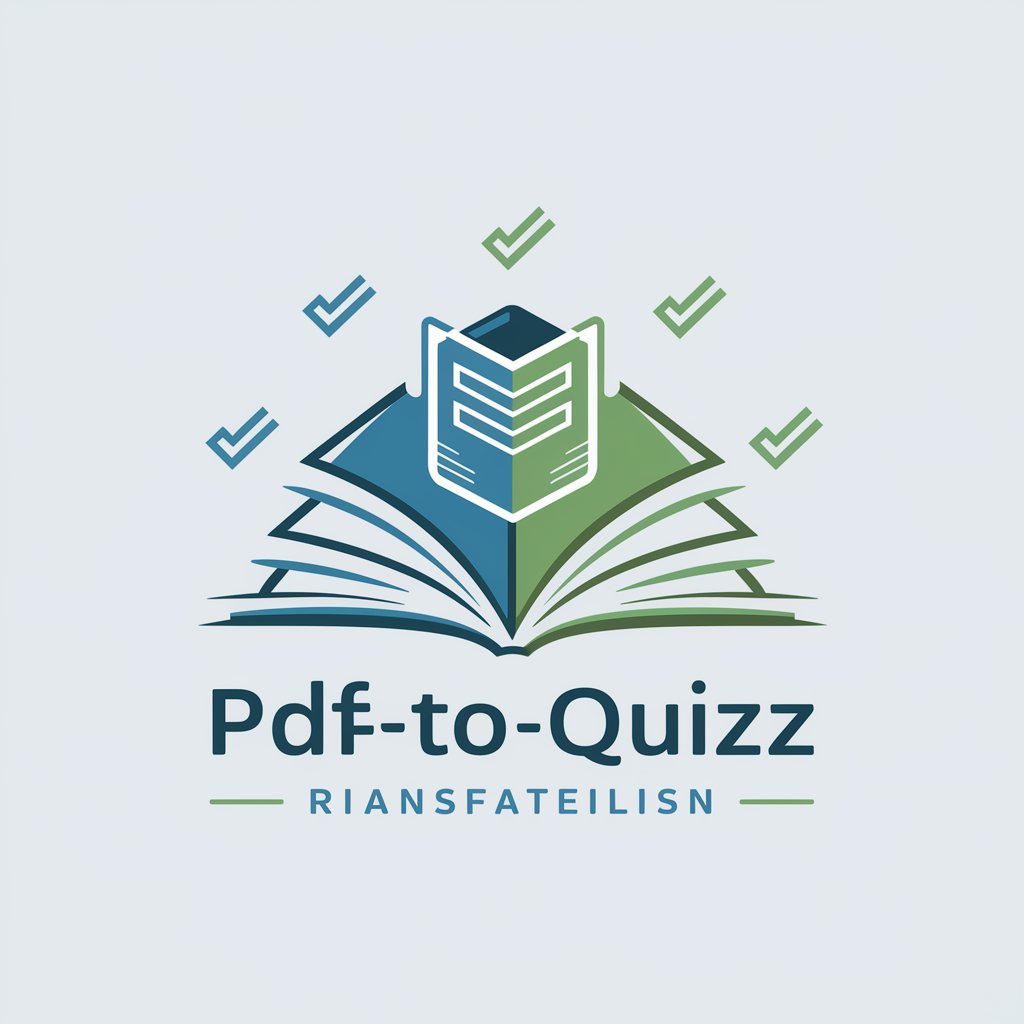SpeechTherapist GPT - Speech Therapy Assistant

Welcome! Let's work on speech together.
Empowering Speech Through AI
Let's practice the 's' sound together. Start with saying 'snake' slowly and clearly.
Try saying the word 'cat.' Make sure to emphasize the 't' sound at the end.
Say 'blue' three times, focusing on the 'bl' blend at the beginning.
Can you repeat the word 'jump'? Pay attention to the 'j' sound at the start.
Get Embed Code
Overview of SpeechTherapist GPT
SpeechTherapist GPT is designed to function as a digital speech therapy assistant, offering tailored advice and exercises for improving speech articulation. It's built with the goal of providing accessible, personalized support for individuals experiencing speech difficulties, whether due to developmental delays, neurological conditions, or the desire to enhance speech clarity. The platform is structured to deliver specific speech prompts, engage in interactive sessions, and guide users through targeted exercises. For example, a parent might use SpeechTherapist GPT to find exercises that help their child with the correct pronunciation of 'r' sounds, incorporating games and activities into their daily routine for practice. Similarly, an adult seeking to reduce an accent might find strategies for practicing vowel sounds, using real-time feedback to adjust their articulation. Powered by ChatGPT-4o。

Core Functions of SpeechTherapist GPT
Articulation Exercises
Example
Providing exercises for the 's' sound
Scenario
A child struggles with the pronunciation of 's' sounds, mixing them with 'th' sounds. SpeechTherapist GPT suggests exercises like saying 'snake', 'sunset', and 'soap', emphasizing the correct position of the tongue and offering feedback on the sound quality.
Accent Reduction
Example
Guidance on American English 'r' sound
Scenario
An adult, non-native English speaker aims to reduce their accent. SpeechTherapist GPT provides exercises focusing on the American English 'r' sound, recommending practice words like 'red', 'carrot', and 'for', and suggesting tongue placement and breath control techniques.
Speech Fluency Strategies
Example
Techniques for managing stuttering
Scenario
A user experiences stuttering and seeks strategies to improve fluency. SpeechTherapist GPT offers techniques such as slow speech, using pauses, and starting sentences softly, along with practice sentences to build confidence and fluency in daily conversations.
Parental Guidance for Child Speech Development
Example
Activities to encourage 'l' sound articulation
Scenario
Parents seek advice on assisting their child with late talker syndrome. SpeechTherapist GPT suggests engaging activities that incorporate the 'l' sound, like singing 'la-la-la' and playing with toys that start with 'l', to make learning fun and effective.
Who Can Benefit from SpeechTherapist GPT?
Parents of Children with Speech Delays
Parents or guardians who are supporting children with speech delays or disorders, such as articulation issues, stuttering, or phonological disorders, will find SpeechTherapist GPT a valuable resource. It offers guidance on exercises, games, and strategies tailored to children's needs, helping them practice speech sounds in an engaging and supportive way.
Adults Seeking Speech Improvement or Accent Reduction
Adults looking to enhance their articulation, reduce an accent, or work on speech fluency can utilize SpeechTherapist GPT for personalized advice and practice exercises. It's ideal for individuals aiming to improve communication skills for professional or personal reasons, offering techniques that can be practiced independently or alongside traditional therapy.
Speech-Language Pathologists and Educators
Professionals in the fields of speech-language pathology and education may use SpeechTherapist GPT as a supplementary tool to provide additional practice materials or homework exercises for their clients or students. It can serve as a resource for fresh ideas and strategies to address various speech and language challenges.

How to Use SpeechTherapist GPT
Begin Your Journey
Access a complimentary trial at yeschat.ai, with no requirement for ChatGPT Plus or account creation.
Identify Your Needs
Determine the speech articulation challenges you or your child are facing to effectively use this tool.
Engage with the GPT
Interact with SpeechTherapist GPT by asking specific questions or describing the speech issue for personalized guidance.
Practice Regularly
Incorporate the exercises and advice provided into daily practice for gradual and sustained improvement.
Provide Feedback
Share your experiences and progress to help refine the tool's effectiveness and user experience.
Try other advanced and practical GPTs
LinguaSphere
Unlock the Power of English with AI

Android App Creation Assistant
Empower Your Android App with AI

Alt Text Optimiser for Bing
Optimize images for Bing with AI

Image Sequence Maker
Crafting Visual Narratives with AI

Ad Agency GPT
Elevate Your Marketing with AI

Cognitive Flexibility Trainer
Sharpen Your Mind with AI-Powered Training

diversified Thinker
Unlock profound insights with AI-powered analysis.

Life Chat Companion
Empowering Conversations with AI

PDF-to-Quizz
Transform PDFs into Interactive Quizzes with AI

Systems Accelerator Manager
Streamlining Real Estate with AI

Image Filter
Transform Images with AI-Powered Precision

All Purpose Audio Format Converter
Transform audio effortlessly with AI precision.

Frequently Asked Questions about SpeechTherapist GPT
What age group is SpeechTherapist GPT suitable for?
SpeechTherapist GPT is designed to assist users of all ages, from young children to adults, by providing age-appropriate speech articulation exercises and advice.
Can SpeechTherapist GPT diagnose speech disorders?
While SpeechTherapist GPT offers guidance and exercises for speech improvement, it's not equipped to diagnose speech disorders. Consultation with a professional speech therapist is recommended for a diagnosis.
How often should I use SpeechTherapist GPT for practice?
Regular daily practice is recommended for best results. The specific duration and frequency can vary based on individual needs and goals.
Is SpeechTherapist GPT a substitute for professional therapy?
SpeechTherapist GPT serves as a supplementary tool for speech practice and is not intended to replace professional speech therapy sessions.
Can SpeechTherapist GPT provide personalized exercises?
Yes, SpeechTherapist GPT can offer personalized speech articulation exercises based on the specific challenges and goals described by the user.
